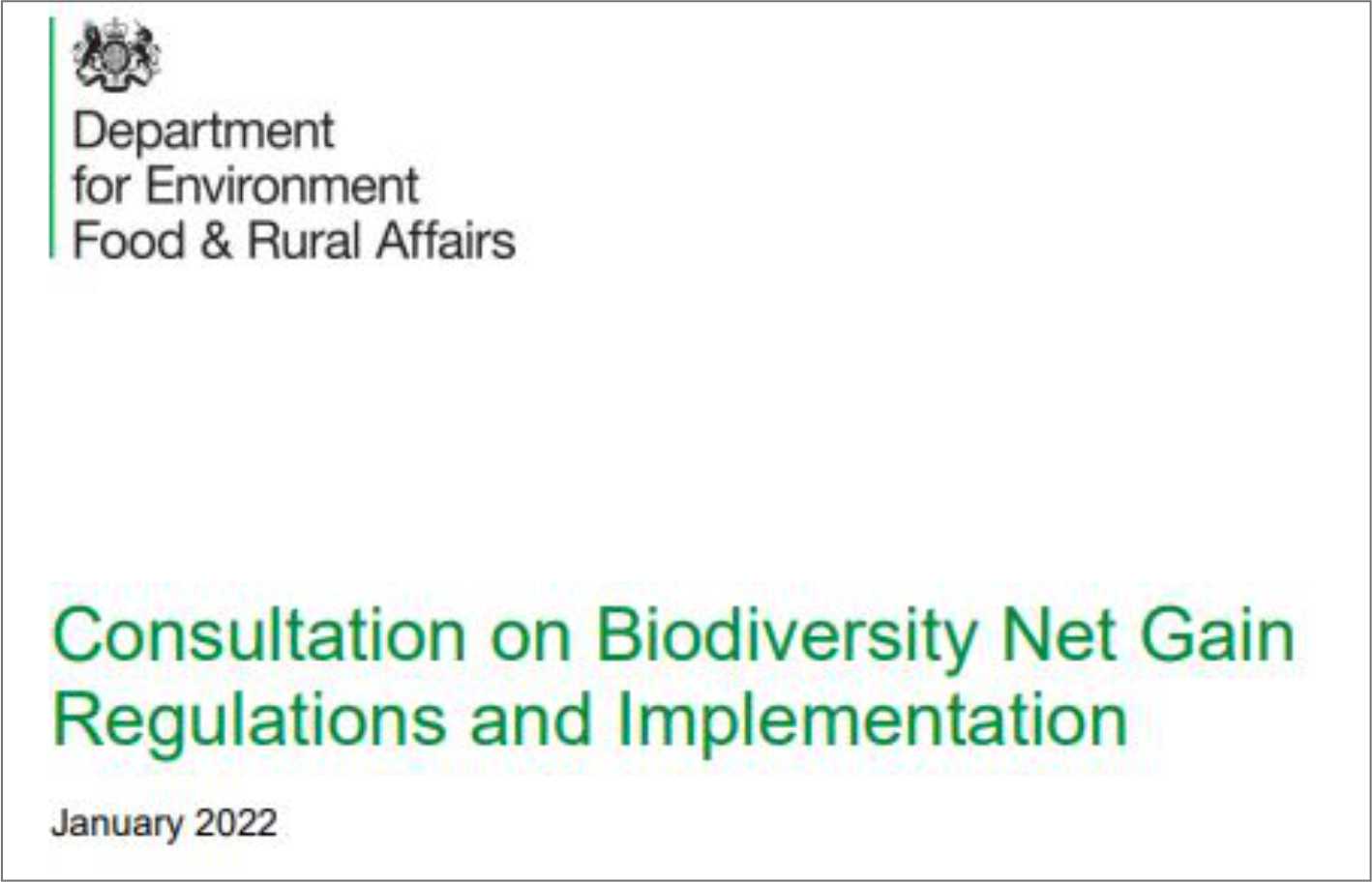DEFRA launches its consultation on the Biodiversity Net Gain Regulations
In order to implement the measures in relation to Biodiversity Net Gain for development sites set out in the Environment Act 2021, secondary legislation is required. In this regard in January 2022 Defra launched its consultation on the Biodiversity Net Gain Regulations which will amend the Town and Country Planning Act 1990. This can be accessed here.
Timing
The consultation states that is the intention that mandatory biodiversity net gain for development requiring planning permission will commence for new applications 2 years after Royal Assent of the Environment Act, which took place in November 2021.
Level of Biodiversity Gain
Developers will be required to demonstrate that they will deliver a minimum 10% net gain of biodiversity units for area-based habitats and any relevant linear habitats (hedgerows, lines of trees, and watercourses). Prior to the commencement of a development, a Biodiversity Gain Plan must be submitted to the relevant planning authority for approval.
Assessment
The biodiversity gains and losses of a development will be measured in ‘biodiversity units’, by way of a metric which uses habitats as a proxy for biodiversity and calculates units by taking account of the type, extent and condition of habitats. Natural England has recently published biodiversity metric 3.0 which, subject to further consultation and any further updates, is expected to be the metric specified for mandatory biodiversity net gain.
The consultation emphasizes that biodiversity net gain complements and works with the biodiversity mitigation hierarchy set out in the National Planning Policy Framework paragraph 180a. To achieve net gain in a way that is consistent with the mitigation hierarchy, the consultation sets out that developers should follow these steps in order:
- aim to avoid or reduce biodiversity impacts through site selection and layout
- enhance and restore biodiversity on-site
- create or enhance off-site habitats, either on their own land or by purchasing biodiversity units on the market, and
- as a last resort to prevent undue delays, purchase statutory biodiversity credits from the UK Government where they can demonstrate that they are unable to achieve biodiversity net gain through the available on-site and off-site options
Exemptions
Exemptions to net gain requirements are proposed for:
- developments impacting habitat areas below a ‘de minimis’ (minimal) threshold
- householder applications; and
- change of use applications
Plans to introduce exemptions for the following types of development, that had previously been discussed, have been dropped from the consultation entirely:
- brownfield sites which meet set criteria;
- temporary permissions; and
- developments for which permitted development rights are not applicable due to their location in conservation areas or national park
Additional exemptions are being considered for the creation of biodiversity gain sites, and self-build and custom housebuilding, but no firm decision has been reached on this as yet.
Outline Permissions and Phasing
The Consultation proposes that outline applications can be submitted with a reduced level of biodiversity net gain detail compared to full applications. Such details will need to be provided however prior to commencement.
Small Sites
A simplified biodiversity metric and increased transition period is proposed for small sites.
The Market for Biodiversity Credits
From the consultation it is clear that the government’s intention is to stimulate the creation of a market for biodiversity units, so as to service development sites which are unable to fulfil their net gain requirements without recourse to offsite land.
The consultation closes on 5 April 2022.
Follow Aspect Ecology on LinkedIn for all our latest news LinkedIn Page



